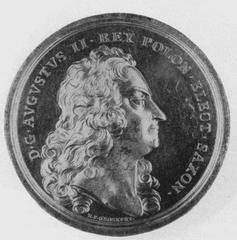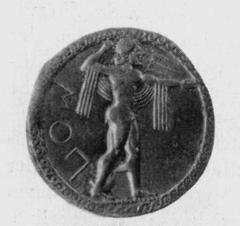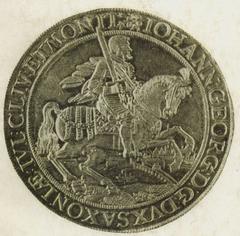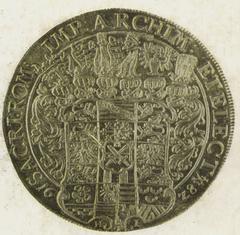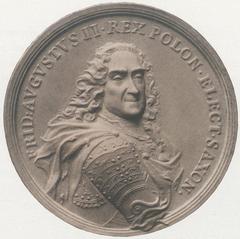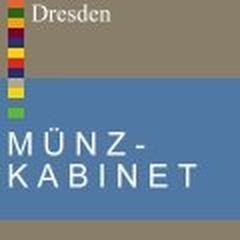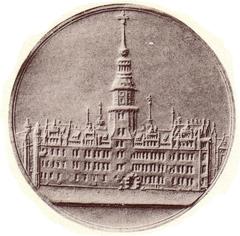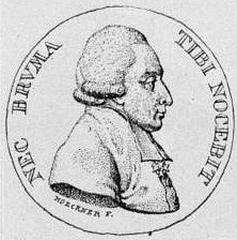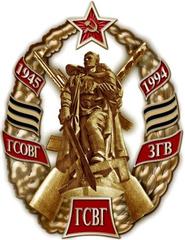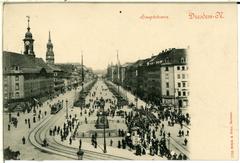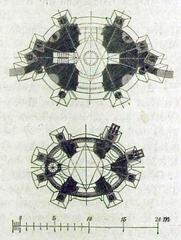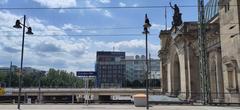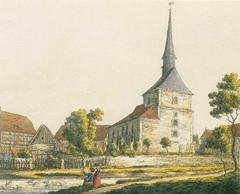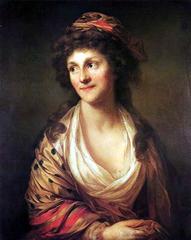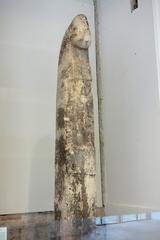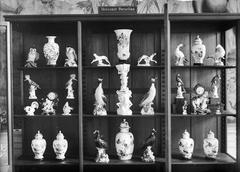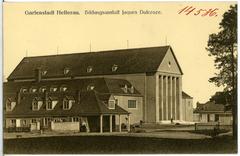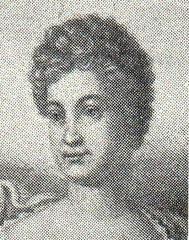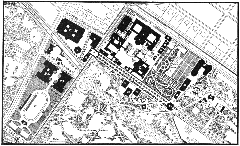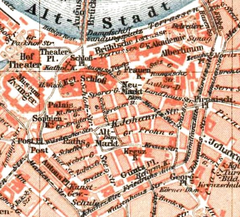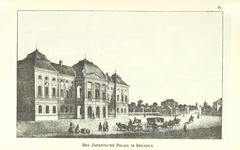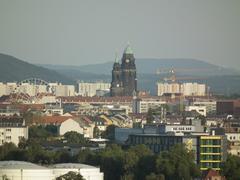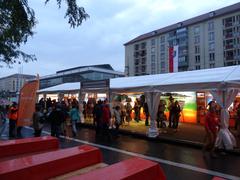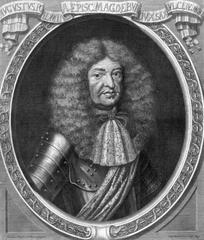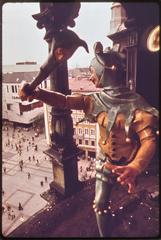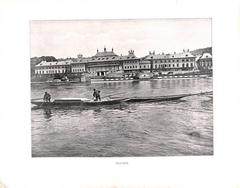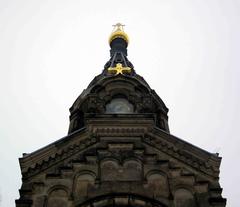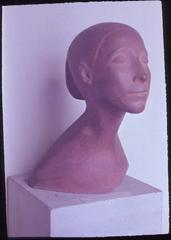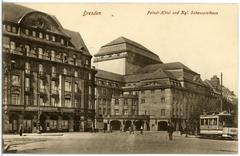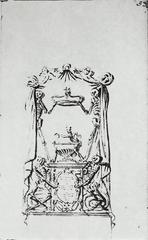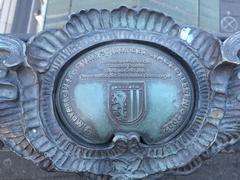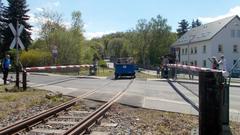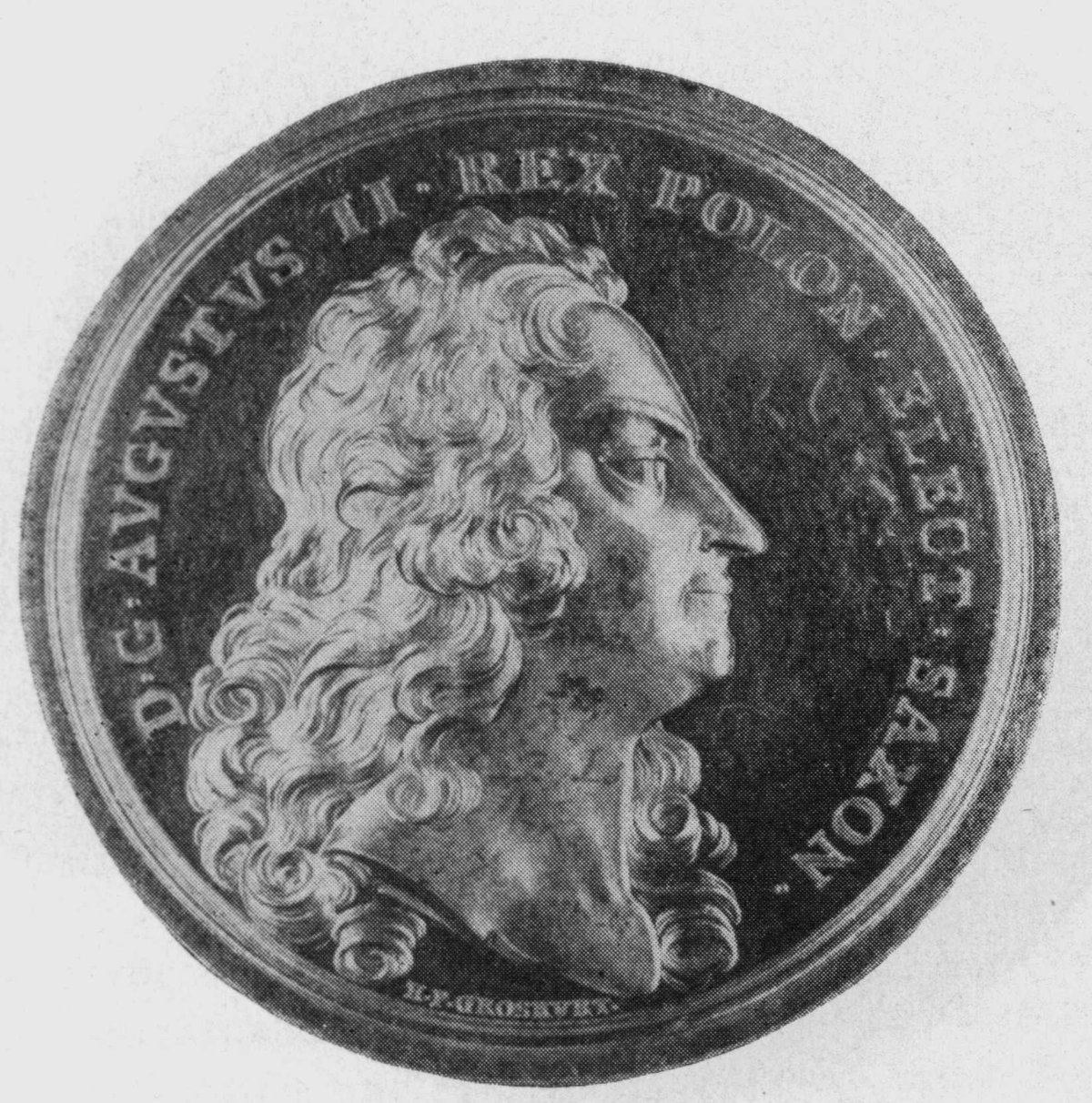
Münzkabinett Dresden: Comprehensive Visitor Guide (2025)
Date: 14/06/2025
Introduction
The Münzkabinett Dresden, situated within the historic Residenzschloss (Royal Palace) in Dresden, Germany, is one of Europe’s most prestigious and oldest numismatic museums. With a collection of approximately 300,000 coins, medals, banknotes, and minting artifacts, the Münzkabinett offers an unparalleled journey through the evolution of currency, Saxony’s rich cultural heritage, and the broader history of money and art. Founded in the early 16th century under Duke Georg the Bearded, this museum not only charts the development of monetary systems but also reflects the political, economic, and artistic narratives that have shaped Europe over the centuries.
Strategically located in Dresden’s city center, the Münzkabinett is an essential stop for history enthusiasts, collectors, and cultural travelers. Visitors can explore its permanent and special exhibitions, join guided tours, participate in interactive workshops, and make use of digital resources such as virtual tours and floor plans. Its integration within the Staatliche Kunstsammlungen Dresden (SKD) also provides seamless access to other iconic museums and landmarks in the area, including the Grünes Gewölbe (Green Vault) and the Zwinger Palace.
This guide covers everything you need to know for your visit—history, collection highlights, visiting hours, ticket information, accessibility, and practical tips—to ensure a memorable and enriching experience at the Münzkabinett Dresden.
For the most current details, virtual tours, and tickets, visit the official Münzkabinett website and the Staatliche Kunstsammlungen Dresden.
Table of Contents
- Introduction
- History and Significance
- Collection Highlights
- Visiting Information
- Tips for a Memorable Visit
- Nearby Dresden Attractions
- Frequently Asked Questions (FAQ)
- References and Useful Links
History and Significance
Origins and Early Development
The Münzkabinett’s origins date back to the early 16th century, with its first documented acquisitions under Duke Georg the Bearded in 1518. Initially serving as a ducal treasury, the collection rapidly expanded through the centuries, especially under the patronage of Saxon electors and kings, such as Augustus the Strong and Augustus III. These rulers enriched the cabinet by acquiring private collections and focusing on Saxon coinage and medals.
Institutional Growth and Modern Era
Originally housed in the Residenzschloss, the Münzkabinett moved several times, reflecting its evolving role from royal treasury to public museum. After surviving evacuation and war-related challenges—including the temporary loss of much of its collection to the Soviet Union—most objects returned by 1958. The museum reopened in its current location in the Georgenbau wing of the Residenzschloss in 2015, featuring a modern permanent exhibition with around 3,300 objects on display, while the full collection encompasses about 300,000 items.
Importance in European Numismatics
The Münzkabinett is recognized as one of the largest and most comprehensive coin cabinets in the world (SKD Münzkabinett), with particular strengths in Saxon coinage and silver minted from the Ore Mountains (Erzgebirge). The museum’s holdings illustrate the evolution of currency, economic power, and the intersection of art and politics over more than five centuries (Google Arts & Culture).
Collection Highlights
Chronological Breadth
The Münzkabinett’s displays trace the history of money from antiquity to the present. Visitors can view rare coins from ancient Greece, Rome, and Lydia, as well as Saxon bracteates, talers, and modern commemorative coins. The exhibition is arranged to show the progression of coinage, technology, and artistic design through the ages.
Notable Artifacts
- Lydian Electrum Coin: The oldest coin in the collection, over 2,500 years old, represents the dawn of monetary economies (SKD Münzkabinett).
- Saxon Bracteates and Talers: Emblematic of Saxony’s silver-rich history, including the famous Schmetterlingstaler (“Butterfly Taler”) of August the Strong (Museumsnacht Dresden).
- Medals and Orders: Commemorative pieces reflecting major events and social hierarchies.
- Minting Dies and Equipment: Tools and models highlight the evolution of coin production and craftsmanship.
- Banknotes, Bonds, and Seals: Document the development of financial instruments and the representation of value.
- Special Exhibitions: The museum regularly features rotating exhibitions—for example, the 2025 showcase exploring Caspar David Friedrich’s era and its monetary context (SKD Press Release).
Visiting Information
Location and Access
- Address: Residenzschloss, Taschenberg 2, 01067 Dresden
- Setting: In the heart of Dresden’s old town, within the Georgenbau wing of the Royal Palace (SKD official site)
- Public Transport: Easily accessible via tram or bus (Theaterplatz, Postplatz stops)
- Parking: Limited in the old town; public transport is recommended
Opening Hours
- Regular Hours: Tuesday to Sunday, 10:00 AM – 6:00 PM
- Closed: Mondays and public holidays
- Special Holiday Hours: Check SKD official site for any adjustments
Tickets and Admission
- Adults: €8
- Reduced (students, seniors): €5
- Children under 18: Free
- Family and group tickets: Available
- Standard Day Ticket: Grants access to all Residenzschloss museums except the Historic Green Vault
- MuseumsCard Dresden: Free access to 27 museums for two consecutive days (Dresden Museums Tickets)
Tickets can be purchased:
- Online (SKD Museum Shop)
- On-site at the Visitor Centre “Art and Info”
- By phone: +49 351 4914 2000
- By email: [email protected]
Print@Home tickets offer flexible, undated entry.
Accessibility
- Step-free entrances, elevators, and wheelchair loans available
- Barrier-free entrances at Sophienstraße, Taschenberg 2, and Schloßstraße
- Contact museum staff in advance for additional assistance (SKD Accessibility Info)
Guided Tours and Educational Programs
- Guided tours in German and English (book online or at the visitor centre)
- Interactive workshops and special events, especially during Dresden Museums Night (Museumsnacht Dresden)
- Study room and library with 30,000 volumes, open Wednesdays or by appointment
Visitor Facilities and Regulations
- Cloakroom and Lockers: Large bags must be checked
- Restrooms: Accessible facilities available
- Museum Shop: Books, souvenirs, and numismatic literature
- Cafés: Located nearby within the palace complex and Altstadt
- Photography: Permitted for personal use (no flash or tripods); restrictions may apply for some exhibits
- Visitor Conduct: Maintain a quiet, respectful atmosphere; do not touch exhibits
Tips for a Memorable Visit
- Plan Ahead: Allocate at least 1–2 hours for the Münzkabinett; more if combining with other palace museums
- Arrive Early: Enjoy a quieter experience before midday
- Language: Information is available in German and English; inquire about other language resources
- Families: Look for interactive displays and kid-friendly programs
- Accessibility: Contact in advance for special needs
- Combined Tickets: MuseumsCard or day passes provide excellent value for multiple museums
Nearby Dresden Attractions
The Münzkabinett is located within walking distance of other major Dresden sites:
- Grünes Gewölbe (Green Vault)
- Rüstkammer (Armory)
- Kupferstich-Kabinett (Print Room)
- Zwinger Palace
- Semperoper
- Frauenkirche
- Fürstenzug (Procession of Princes)
These attractions can be combined into a rich day of cultural exploration (The Travel Folk).
Frequently Asked Questions (FAQ)
Q: What are the Münzkabinett visiting hours?
A: Tuesday to Sunday from 10:00 AM to 6:00 PM, closed Mondays.
Q: How do I buy tickets?
A: Purchase tickets online, at the museum, by phone, or email. Print@Home tickets are flexible and undated.
Q: Is the Münzkabinett wheelchair accessible?
A: Yes, with step-free access, elevators, and loans available.
Q: Can I take photos inside?
A: Yes, for personal use without flash or tripods; some restrictions may apply.
Q: Are guided tours available?
A: Yes, in German and English; book online or at the visitor centre.
Q: Is there a virtual tour?
A: Yes, available on the official website.
References and Useful Links
- Münzkabinett Official Website
- Staatliche Kunstsammlungen Dresden
- Museum Euroregion Elbe/Labe – Münzkabinett
- Museumsnacht Dresden
- Kulturkalender Dresden
- Wikipedia – Münzkabinett
- Museumscard Info
- SKD Visitor Info
- Dresden Museums Tickets
- The Travel Folk – Dresden
Summary and Final Visitor Tips
The Münzkabinett Dresden offers a unique and immersive window into the world of coins, currency, and Saxony’s cultural legacy. Its extensive and expertly curated collection, accessible facilities, and integration within Dresden’s museum landscape make it a must-see for visitors of all backgrounds. Plan ahead, check for the latest exhibitions, and consider combined tickets to make the most of your cultural journey in Dresden.
For up-to-date information and to book your tickets, visit the official Münzkabinett website. Enhance your experience with the Audiala app for guided audio tours, and follow Staatliche Kunstsammlungen Dresden on social media for news and events.
Alt tags for images:
- “Entrance to Münzkabinett Dresden at the Residenzschloss”
- “Display of ancient coins at Münzkabinett Dresden”
- “Electrum coin from Lydia, oldest object at Münzkabinett Dresden”
- “Visitors exploring Münzkabinett Dresden exhibition hall”
